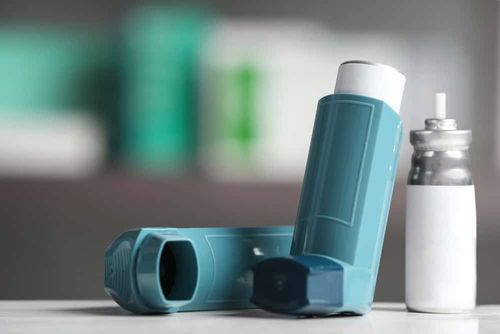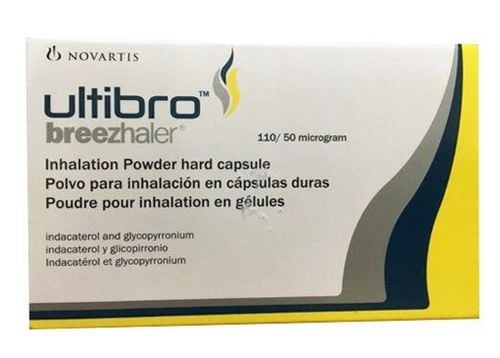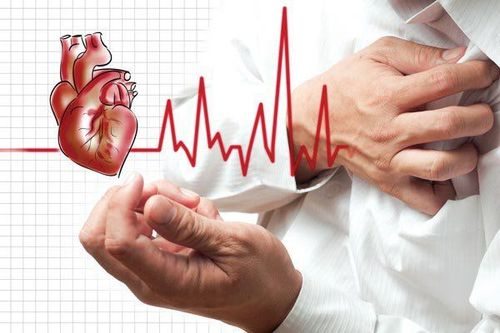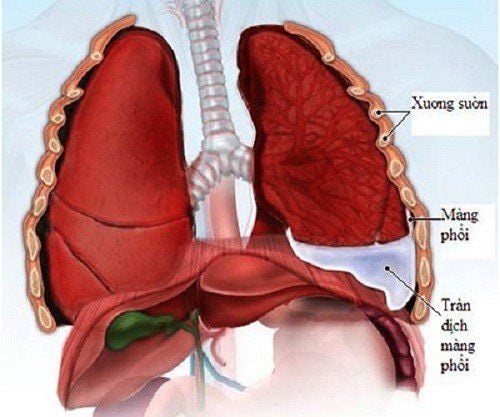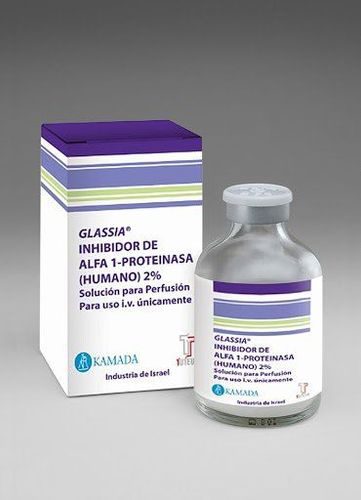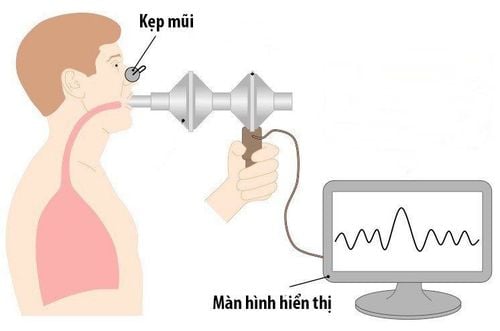This is an automatically translated article.
The article was professionally consulted by Doctor Tran Thi Diem Trang - Respiratory Internal Medicine Doctor - Department of Medical Examination & Internal Medicine - Vinmec Central Park International General Hospital.Pulmonary ventilation is a method of overcoming air stasis in the lungs and increasing the respiratory movement of the thorax used for patients with chronic obstructive pulmonary disease to quickly treat and relieve congestion.
In patients with chronic obstructive pulmonary disease, there is often a blockage of the airways due to a lot of viscous sputum sticking to the bronchial walls or inflammation, swelling, and narrowing of the bronchial lumen. In some cases, the alveoli are damaged and lose their elasticity. As a result, air is often trapped in the lungs with poor circulation and leads to a lack of oxygen for the body's needs.
1. When is pulmonary ventilation needed?
Patients with chronic obstructive pulmonary disease often have to deal with hyperventilation syndrome that can last from 20-30 minutes with the following symptoms:
Rapid, deep breathing for the first time Hyperventilation becomes worse , even after trying to use home care options Pain Fever Bleeding Feeling anxious, nervous or tense Frequently sighing or yawning Heart pounding, fast heartbeat Problems with balance , lightheadedness or dizziness Numbness or tingling in the hands, feet or around the mouth Chest tightness, tightness, sensitivity or pain Then pulmonary ventilation will be effective for the patient to stabilize the situation . There are two basic ventilation techniques: pursed lip breathing and diaphragmatic breathing.
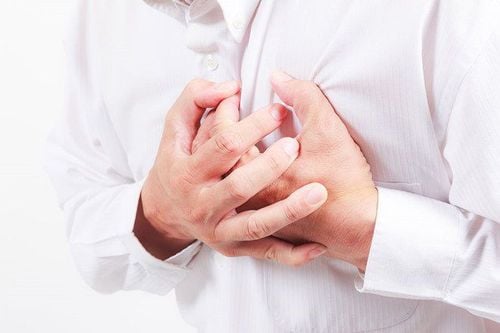
2. Pinch-lip breathing
Pinch-lip breathing is an effective breathing method that prevents the airways from collapsing when exhaling, so the air can escape more easily, so that the patient can reduce shortness of breath and easy to practice.With a comfortable sitting position, relax your shoulders and neck, inhale slowly through your nose, purse your lips like a whistle, exhale through your mouth slowly so that the time to exhale is twice as long as the inhalation. The patient should maintain breathing like this until the shortness of breath stops. With this way of lung ventilation, the patient should practice repeatedly, try to become a habit and apply this breathing method when finding it difficult to breathe, climb stairs to shower, exercise.
3. Diaphragm breathing
For patients with chronic obstructive pulmonary disease due to the accumulation of air in the lungs, which limits the activity of the diaphragm. Since the diaphragm is the main respiratory muscle, if the diaphragm works poorly, it will lead to poor ventilation in the lungs and the accessory respiratory muscles must work harder. Therefore, diaphragmatic breathing will help increase the efficiency of respiration and save energy.
Diaphragm breathing technique Sit in a comfortable position. Relax your neck and shoulders.
Place one hand on your stomach and the other hand on your chest.
Inhale slowly through the nose so that the hand on the abdomen feels the abdomen rising. The chest does not move.
Draw in your stomach and exhale slowly through your mouth with the exhalation twice as long as the inhale and the hand on the abdomen feels the abdomen sink.
Should practice diaphragmatic breathing several times a day until it becomes a habit. After you have mastered the technique of diaphragmatic breathing in a lying or sitting position, you should practice diaphragmatic breathing while standing, walking and even doing housework.
4. Some other methods of lung ventilation
In addition, some effective lung ventilation methods that the patient can use depending on their medical condition such as acupuncture, stress reduction, medication use as prescribed by the doctor. Specifically:
If the patient has hyperventilation syndrome due to anxiety and stress, the patient needs psychological adjustment to limit stress, combining the above breathing methods to effectively ventilate the lungs. Acupuncture is also a form of lung ventilation where thin needles are inserted into areas of the body to promote treatment. Acupuncture can be effective in reducing anxiety, limiting the severity of tachypnea, hyperventilation, and regaining normal breathing. Or drugs to treat rapid breathing such as Alprazolam, Doxepin, Paroxetine... under the indications and prescriptions of the doctor also help the patient deal with effective pulmonary ventilation. If you have unusual symptoms, you should be examined and consulted with a specialist.
Currently, Vinmec International General Hospital is a general hospital that uses advanced modern techniques to diagnose and treat lung diseases. With modern facilities of international standards, quality medical services, a team of qualified and experienced medical staff, doctors will bring optimal treatment results to customers.
Please dial HOTLINE for more information or register for an appointment HERE. Download MyVinmec app to make appointments faster and to manage your bookings easily.





